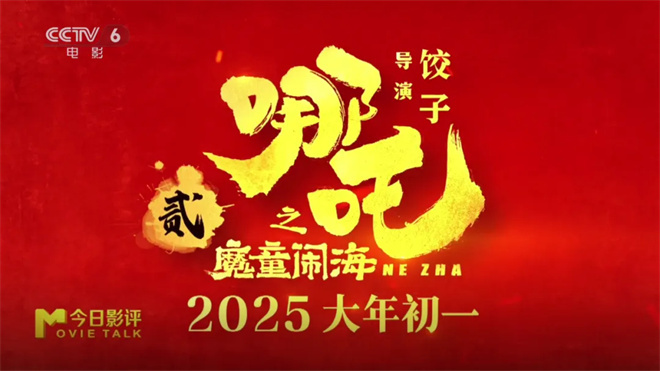"Nezha’s Devil Children Roaring the Sea": Nezha returns and rushes into the mythical world together!
Special feature of 1905 film network The age sequence changes, and the Chinese chapter is new. As a sequel to the original 5 billion box office miracle, it has uncovered a new story for five years, and the number of people who want to see it on the online ticketing platform has exceeded 1 million, attracting the attention of countless viewers.
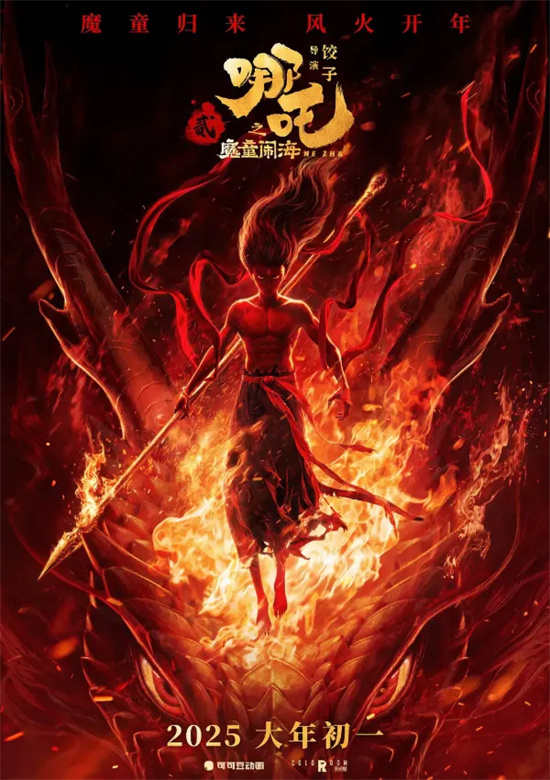
In this issue, Fei Jun, a professor at the Central Academy of Fine Arts, is invited to come with us to look forward to the upcoming animated film "Nezha’s Devil Children Making a Sea" in the Spring Festival.
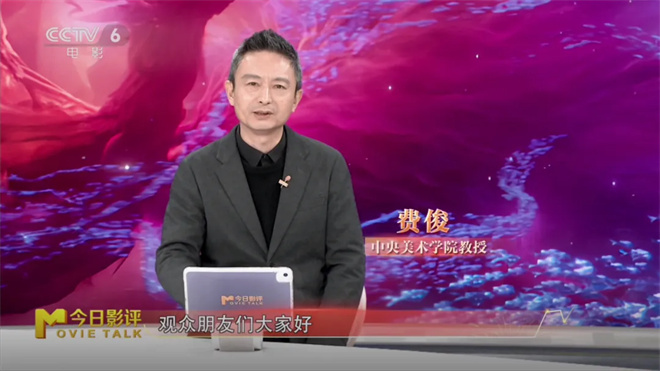
Decoding the image of Nezha from mural painting to animation.
In 2019, a Ne Zha exploded all summer, and the phrase "My life is up to me" brought the audience into the fate of Nezha. Fei Jun also said that it is still fresh in his memory, because Ne Zha broke many things.
The first is the breaking of the role-shaping. The first film about Nezha was made in Shanghai Animation Film Studio, so most of the audience have an inherent image of Nezha in their minds. However, the film Ne Zha was not bound by the traditional image, but created a naughty and rebellious image of Nezha.
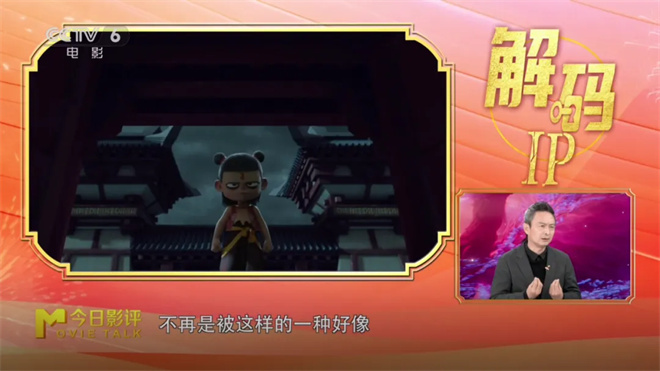
Secondly, it is the break in the shaping of the character. In the film, Nezha shouted out the voice of "My life is up to me" for all the audience, showing the determination and energy to turn around my destiny and be my own hero.
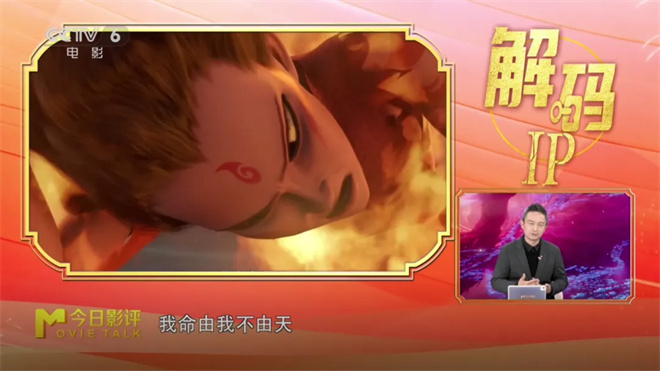
In fact, the image of Nezha has changed a lot from the earliest murals to folk paintings, to The Journey to the West’s What makes the sea, The Legend of Nezha, and finally to the director’s Nezha series.
Today, from the perspective of historical evolution, Nezha’s image evolution, as the Prince of Pishamen in the earliest Dunhuang murals, was the protector of religious legends at that time, bearing a kind of majesty and making people feel awe; Later, The Romance of the Gods in the Ming Dynasty was China’s version of Nezha’s prototype, but it was still a deity with three heads and six arms.
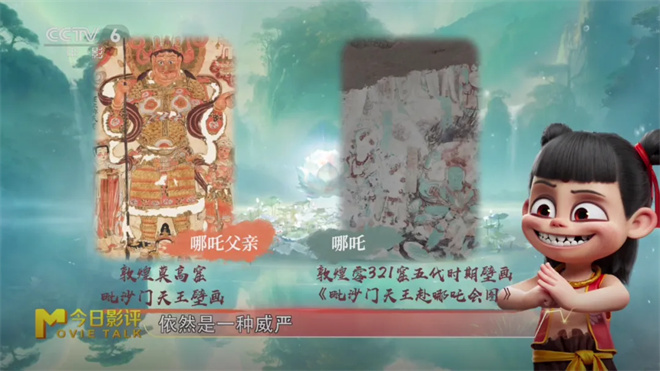
What really gives Nezha a more humanized role and image is the 1979 film What’s the Sea, which is close to the image of a child; In the Nezha series directed by jiaozi, Nezha’s image is more and more vivid.
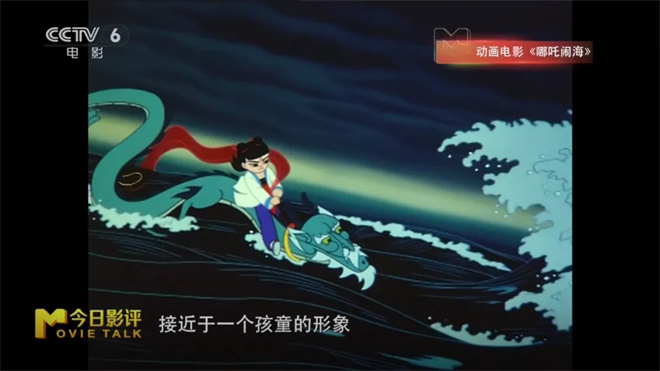
Generally speaking, from the earliest religious myth in history to today’s animated films, Nezha has experienced such a process from divinity to humanity.
A mixture of Chinese and western cultures creates a "world classic"
The aesthetic controversy about "Nezha Series" is not only the beauty and ugliness in characters, but also the style of "China and the West". You can often see the audience’s discussion about the westernization of the film image on the Internet, but you can also see the national wind elements such as the map of mountains and rivers and the golden dragon with five claws in the film. The mixed creation of Chinese and western elements has also triggered debates among netizens.
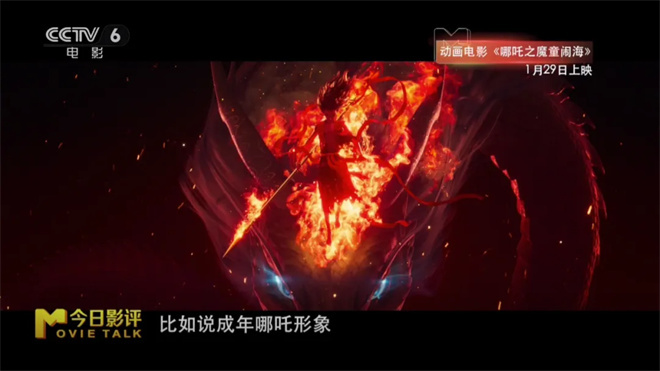
In this regard, Fei Jun said that hybridity itself is also a contemporary embodiment, because any classic is formed by breaking through the past tradition. The skills and techniques of animation do come from the west, but this does not mean that you can’t tell a unique story of the East in a worldwide language.
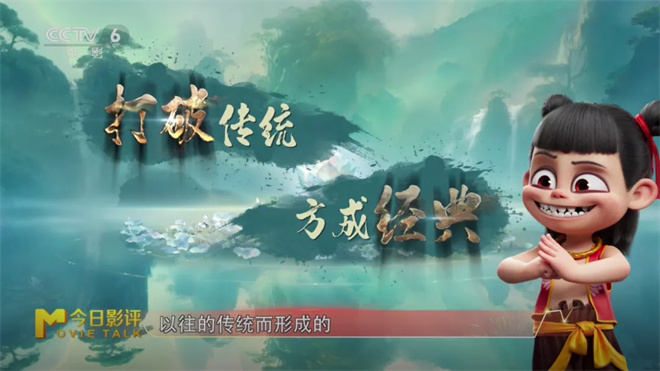
Director jiaozi once said in an interview that "we combine the traditional things of China to restore our history and legends, which is our own characteristic. But at the same time, the underlying technology we use is a three-dimensional software developed abroad. If art is to prosper, it is a process of colliding with each other and producing a new chemical reaction. "
In today’s society, our audience and creators can’t be narcissistic. It is a narrow cultural expression to exclude audiences from different cultures in pursuit of national traditions.
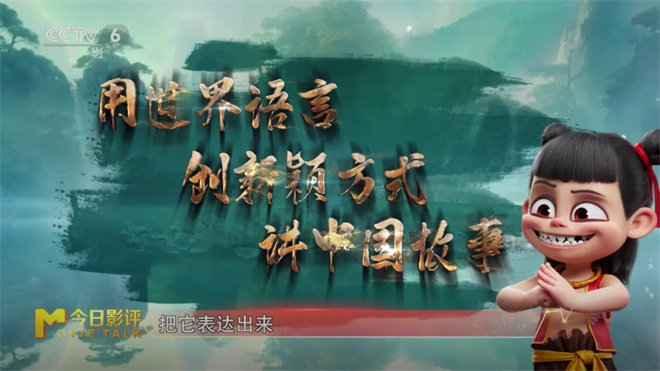
Cultural self-confidence refers to expressing excellent traditional culture in a language that people all over the world can understand, and in a way that everyone loves to see and hear at the moment.
The warm family view meets the emotional needs of watching movies.
"Nezha’s Devil Children Making a Sea" not only upgraded its production in an all-round way, but also continued to innovate in the plot, adapting the well-known story "What makes a sea" into unexpected new ideas and bringing unexpected emotional experiences to the audience.
Compared with the tense relationship between Li Jing and Nezha in What’s Making a Sea, in the Nezha Series directed by jiaozi, we see a different father-son relationship.
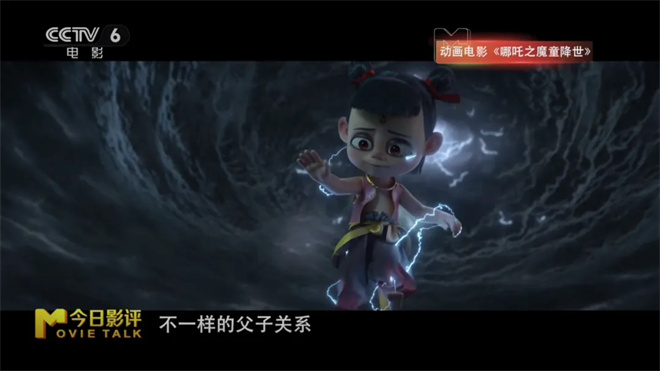
Excavate is more like a father, and he is full of warmth in the face of choices. The story of "Nezha’s Devil Children Naughting the Sea" tells Chinese’s view of affection, which itself is the foundation of China culture and can touch everyone’s heart.
The description of parent-child relationship in "The Devil’s Child in Nezha" is not only for Nezha and Li Jing, but also for the family story between Ao Bing and Ao Guang. The "human touch" in the film plays a vital role in the influence and tension of the whole film.
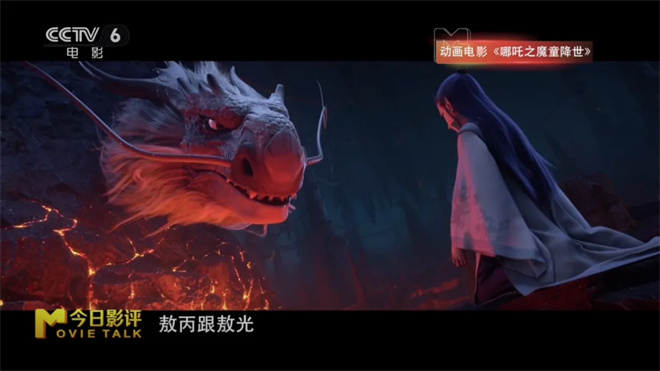
Because the audience doesn’t need a simple story, instead, the emotional relationship between people becomes the highlight of the film, and what kind of effective relationship has been formed between people in the ups and downs of the plot.
Aesthetics is not about ugliness and beauty, nor is it simply about good and evil. It is not the relationship between black and white. The real aesthetic is the gray scale in the middle. Maybe the "ugly" character has a true, good and beautiful heart, while the "beautiful" character has a very ugly spirit.
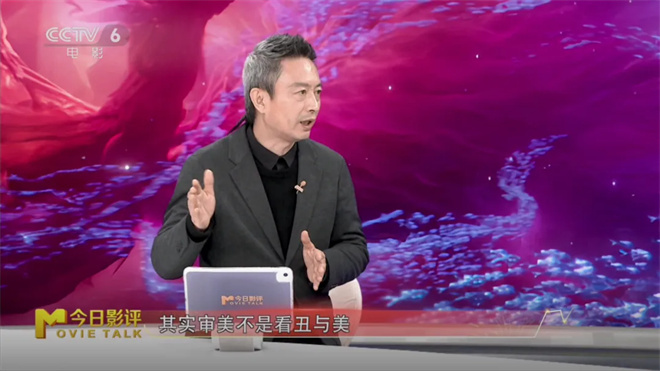
It is precisely this kind of thing that breaks our normal aesthetic experience that constructs the core of aesthetics; The same is true of the relationship between characters, and these contradictions and conflicts just construct our inner emotional needs.
